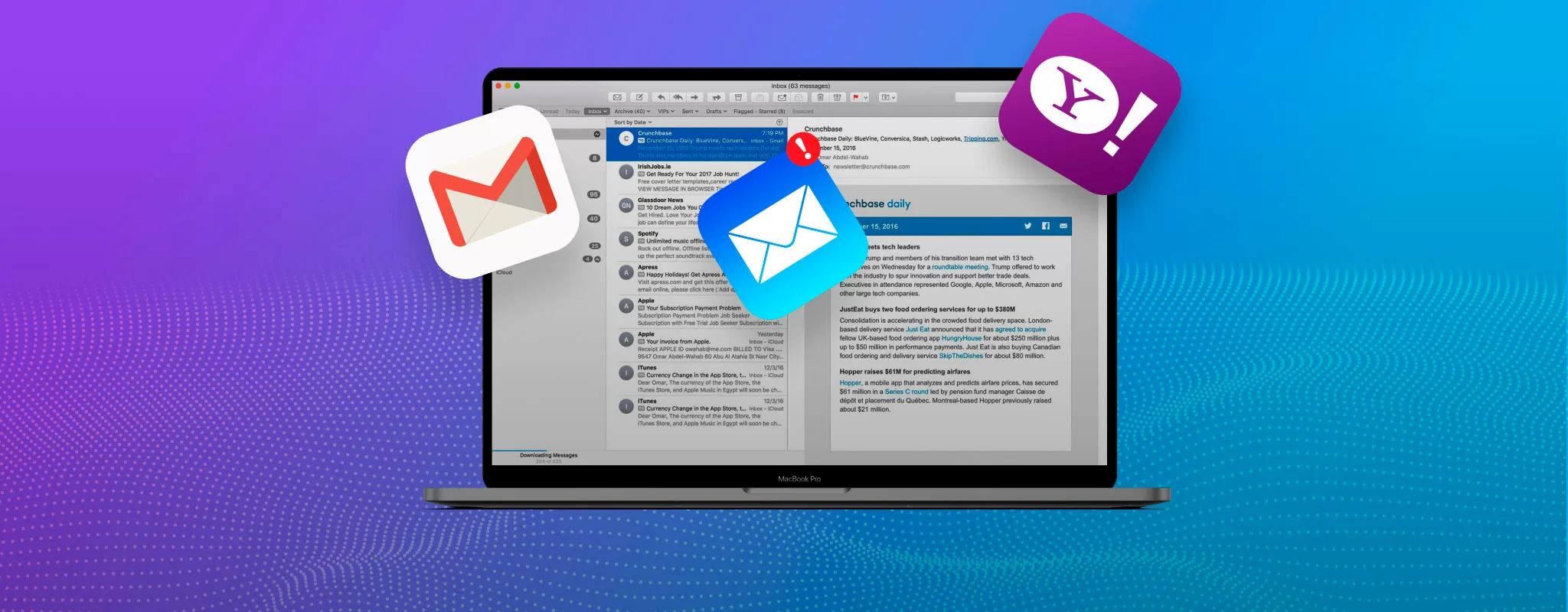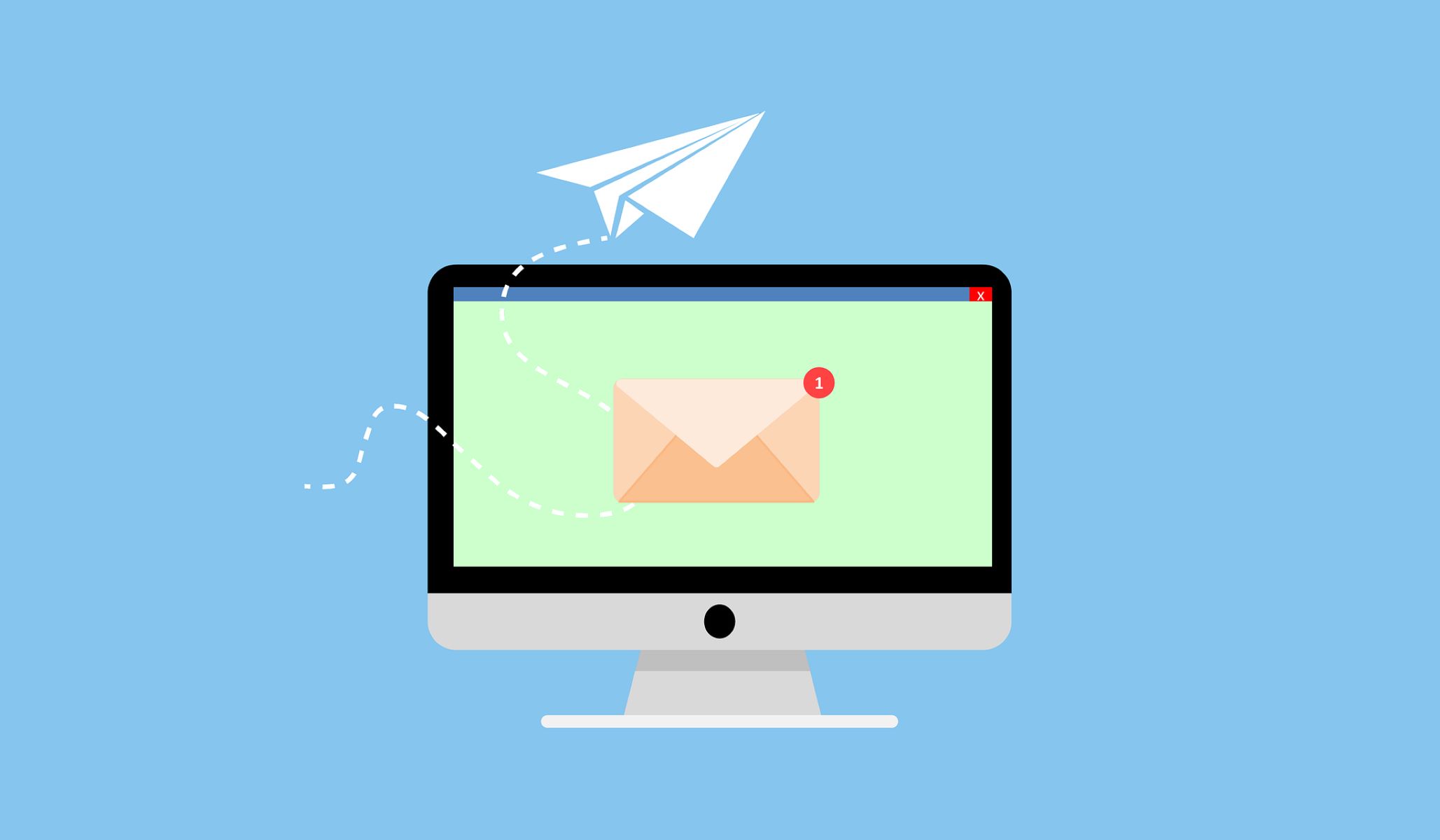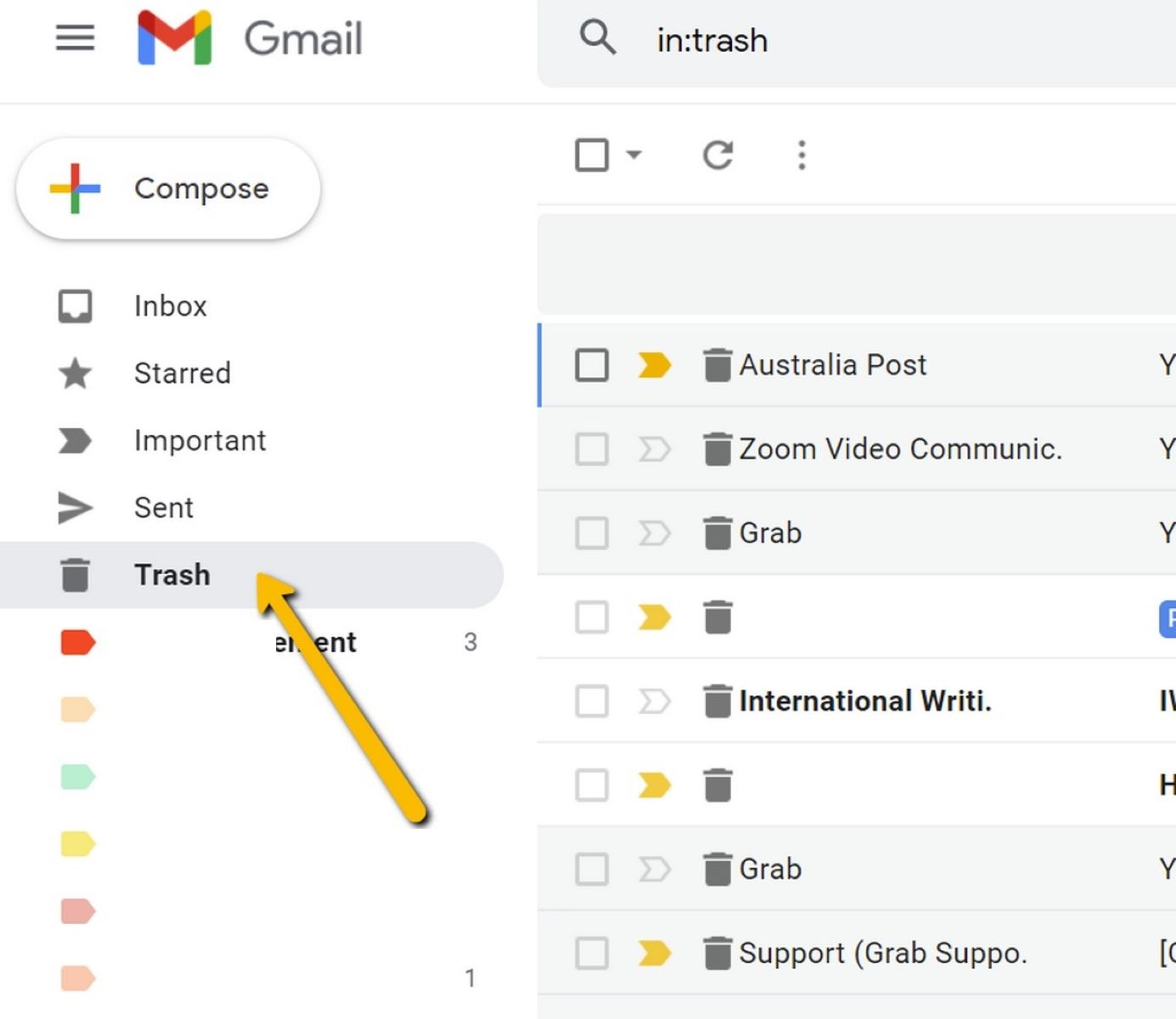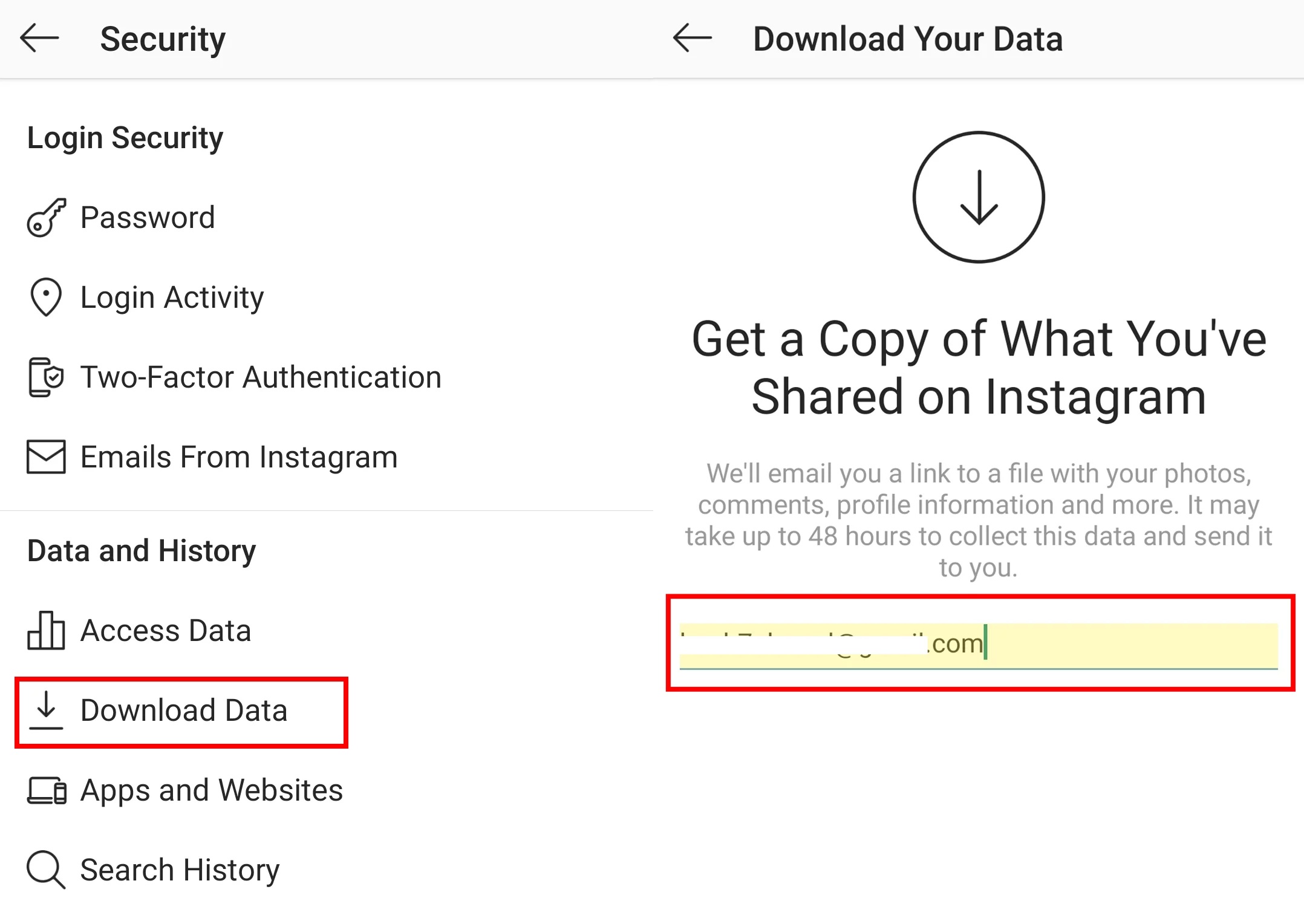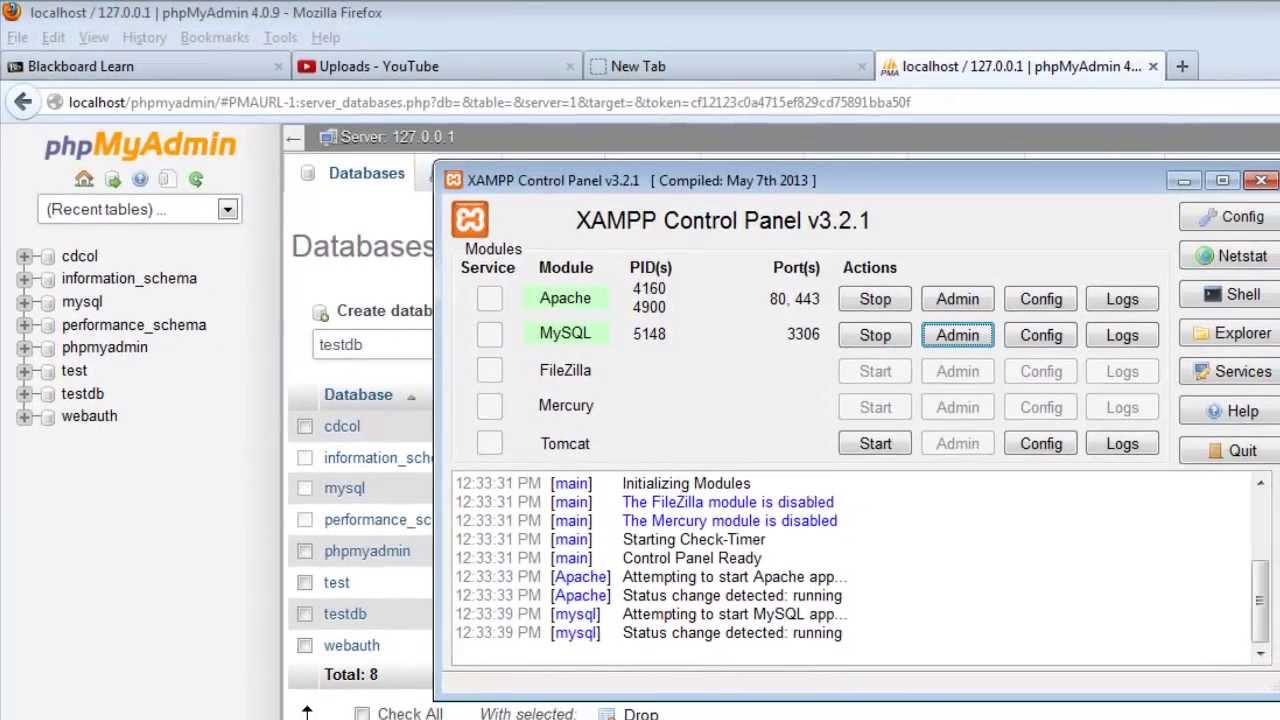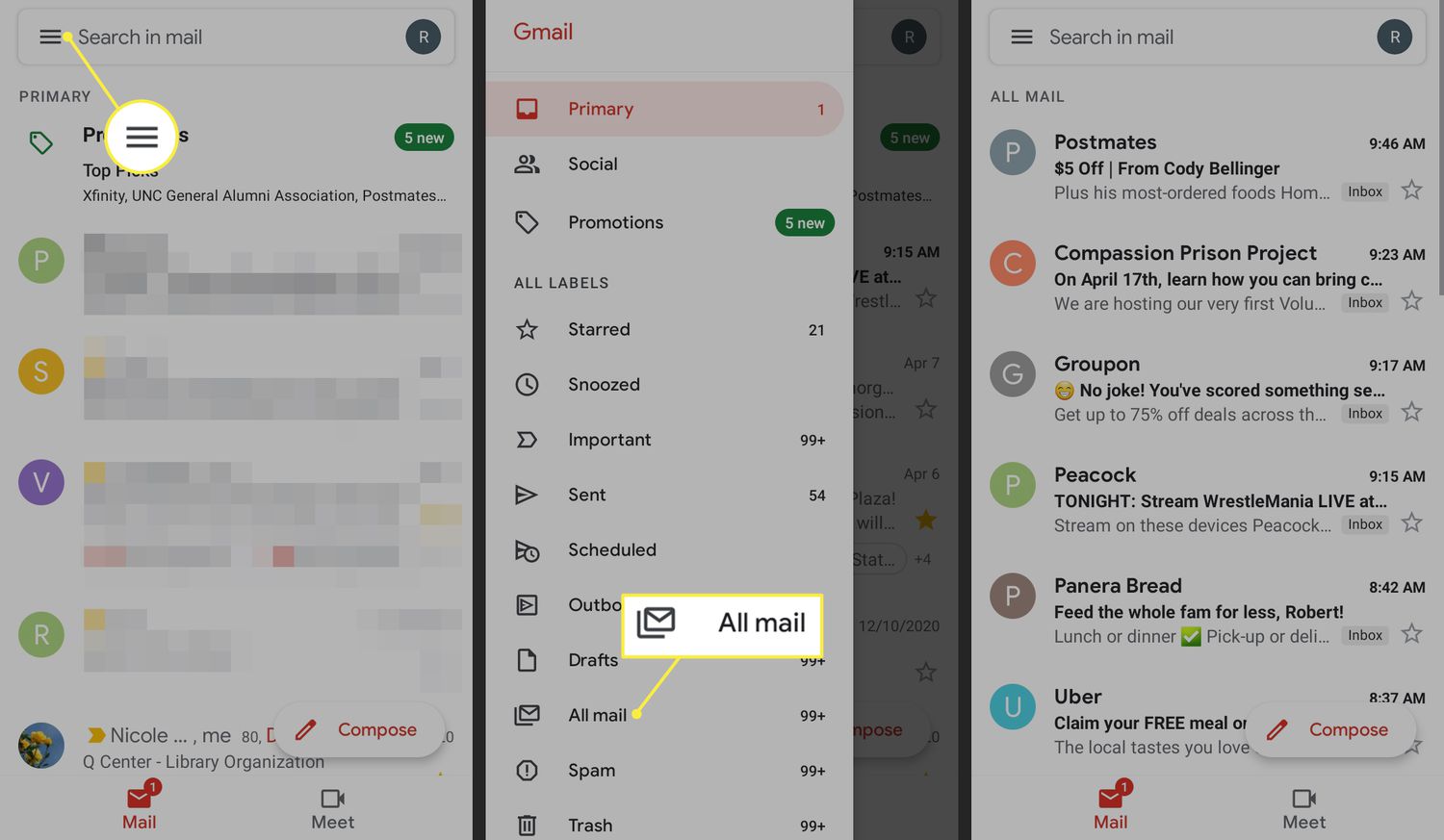Introduction
Emails have become an integral part of our daily lives, serving as a primary means of communication for both personal and professional matters. Whether it’s an important business proposal or a heartfelt message from a loved one, losing a valuable email can be highly distressing. Fortunately, in most cases, there are ways to retrieve deleted emails and restore them to your inbox. In this article, we will explore various methods to recover deleted emails and discuss preventative measures to minimize future email loss.
Accidentally deleting an email can happen to anyone, and there are several reasons why it may occur. It could be due to a hasty click of the “Delete” button, an accidental swipe on a mobile device, or even a glitch in the email client software. Understanding the reasons behind email deletion can help you take appropriate steps to recover your valuable messages.
Retrieving a deleted email is often a straightforward process if the email has been moved to the trash folder. Most email providers, such as Gmail, Yahoo, and Outlook, have a designated folder where deleted emails are temporarily stored. By accessing the trash folder, you can easily restore accidentally deleted emails to their original location within your inbox.
However, if an email has been permanently deleted, either by emptying the trash folder or using the “Shift + Delete” command, the recovery process becomes more challenging. In such cases, it becomes crucial to act quickly and employ specialized techniques or third-party services to recover these lost emails.
Fortunately, technological advancements have paved the way for backup and recovery services specifically designed to retrieve deleted emails. These services can help recover deleted emails from your email provider’s server backups, ensuring that no important message is lost forever.
While it’s comforting to know that there are ways to retrieve deleted emails, prevention is always better than cure. Implementing preventative measures can help minimize the chances of losing crucial emails in the first place. Regularly backing up your emails, enabling automatic email archiving, and exercising caution when deleting emails can all contribute to maintaining a secure and organized inbox.
In this article, we will delve into the various methods and techniques to recover deleted emails, including steps to retrieve emails from the trash folder, strategies to recover permanently deleted emails, and using backup and recovery services. Additionally, we will discuss best practices for preventing future email loss. By following these guidelines, you can minimize the stress and frustration associated with accidentally deleting an important email and ensure that your inbox remains secure and clutter-free.
Reasons why emails can get deleted
There are several common reasons why emails can get deleted, often leading to panic and frustration for the sender or recipient. Understanding these reasons can help shed light on how to prevent future email loss and take necessary steps for recovery. Here are some common scenarios that may result in deleted emails:
1. Accidental deletion: This is perhaps the most common reason for deleted emails. A simple slip of the finger, a misclick, or accidentally choosing the wrong email can result in the deletion of an important message. It’s easy to overlook such mistakes when dealing with a high volume of emails.
2. Software glitches: Sometimes, email client software may experience glitches or bugs that can lead to the accidental deletion of emails. This can happen due to software updates, compatibility issues, or other technical problems. It’s essential to keep the software up to date to minimize the risk of such incidents.
3. Hacking or cyber threats: In today’s digital world, cyber threats are a real concern. Hackers or malicious individuals may gain unauthorized access to your email account and delete or manipulate emails. It’s important to use strong passwords, enable two-factor authentication, and regularly monitor your account for any suspicious activities.
4. Overzealous spam filters: Spam filters, while helpful in reducing unwanted email, can sometimes be too aggressive and accidentally mark legitimate emails as spam. In some cases, these emails may get automatically deleted or sent to a separate spam folder without your knowledge. Checking your spam folder regularly and adjusting the filter settings can help mitigate this issue.
5. Storage limitations: Email providers often impose storage limitations, and once you reach the maximum capacity, you may be forced to delete emails to make room for new ones. If you don’t regularly clean up your inbox or archive important messages, you may inadvertently delete emails you didn’t intend to.
6. Employee error: In a professional setting, employees may accidentally delete emails while organizing or cleaning up their inboxes. This can happen due to lack of awareness, multitasking, or unintended consequences while managing large volumes of emails. Providing proper training and guidelines on email management can help mitigate this risk.
7. Device synchronization issues: If you use multiple devices to access and manage your email, such as a computer, smartphone, or tablet, there’s a chance for synchronization issues. If an email gets deleted on one device, it may sync and delete on all other connected devices as well. It’s important to be mindful of this when deleting emails from any device.
Understanding the reasons behind deleted emails can help you take necessary precautions and minimize the risk of losing important messages. Although accidental deletions and technical glitches are common, implementing preventative measures and following best practices can significantly reduce the likelihood of email loss. In the next sections, we will explore various methods to recover deleted emails and discuss how to prevent future email loss.
How to retrieve a deleted email from the trash folder
If you’ve accidentally deleted an email and it’s still within the trash folder, the process of retrieving it is relatively simple. The trash folder serves as a temporary holding place for deleted emails, giving you a second chance to restore them to their original location in your inbox. Here’s how you can retrieve a deleted email from the trash folder:
1. Access your email account: Open your email client or log in to your email provider’s website using your credentials. Ensure that you are signed in to the correct account associated with the deleted email.
2. Locate the trash or deleted items folder: Look for a folder named “Trash,” “Deleted Items,” or something similar. The location may vary depending on your email provider or client. In Gmail, for example, the trash folder is labeled as “Trash” on the left-hand side of the screen.
3. Open the trash folder: Click on the trash folder to open it. You will see a list of deleted emails that are still within the folder.
4. Find the deleted email: Scan through the list of emails in the trash folder to locate the one you want to retrieve. You can use the search bar or scroll through the emails manually. If you remember any specific details about the email, such as the sender, subject, or date, it can help narrow down your search.
5. Restore the deleted email: Once you’ve found the deleted email, select it by clicking on the checkbox next to it. Look for an option or button that says “Restore,” “Move to Inbox,” or something similar. Click on it to restore the email back to its original location in your inbox.
6. Verify the email’s location: After restoring the email, navigate to your inbox to confirm that it has been successfully retrieved. The email should now appear in its original position, ready to be accessed and read.
It’s important to note that emails in the trash folder have a limited lifespan before they are automatically deleted permanently. The timeframe varies depending on the email provider or client, but it’s typically around 30 days. If you don’t restore the email within this timeframe, it may be lost forever.
Retrieving a deleted email from the trash folder is a quick and straightforward process. However, it’s crucial to act promptly to avoid the risk of the email being permanently deleted. In the next section, we will explore the steps to recover a permanently deleted email, where the restoration process becomes more challenging.
Steps to recover a permanently deleted email
Recovering a permanently deleted email can be more challenging compared to retrieving an email from the trash folder. However, there are still some steps you can take to increase your chances of recovering a deleted email that has been permanently removed. Here are the steps to follow:
1. Check your email provider’s recovery options: Some email providers offer built-in recovery options for permanently deleted emails. Look for features like a “Recover Deleted Items” or “Recover Deleted Emails” option within your email client or settings. These options may allow you to restore deleted emails within a certain time frame.
2. Act quickly: Time is of the essence when it comes to recovering permanently deleted emails. The longer you wait, the more likely it is that the emails have been overwritten or permanently purged from the server. As soon as you realize a valuable email has been permanently deleted, take immediate action and move to the next step.
3. Contact your email provider: If your email provider doesn’t have built-in recovery options, reach out to their support team for assistance. Explain the situation and provide any relevant details such as the date, time, and subject of the deleted email. They may have backups or specialized tools to help recover lost emails.
4. Check your device’s backup: If you regularly back up your device, there’s a chance that the deleted email is stored in a backup file. Restore your device to a previous backup that includes the email you want to recover and check if it’s restored successfully. Be cautious when performing a device restoration, as it may overwrite any new data on your device.
5. Utilize third-party recovery software: There are various third-party software applications and tools available that specialize in email recovery. These tools can deep scan your device or email server to locate and restore deleted emails. Research reputable software options and follow the instructions provided by the tool to attempt recovery.
6. Consult with an IT professional: If all else fails, consider seeking assistance from an IT professional or data recovery specialist. They may have advanced techniques and specialized software to recover deleted emails. However, be aware that professional services can be costly, and success is not guaranteed.
It’s important to note that the success of recovering permanently deleted emails depends on several factors, including the timeframe, backup systems, and the actions taken after deletion. It’s best to be proactive in implementing email backup systems and taking precautionary measures to prevent the permanent loss of important emails.
While recovering permanently deleted emails can be challenging, exploring the above steps and using the available resources can increase your chances of successful recovery. However, prevention is key, and in the next section, we will discuss using backup and recovery services as an effective method to prevent email loss.
Using backup and recovery services to retrieve deleted emails
Backup and recovery services are a reliable and effective way to retrieve deleted emails, especially when the standard recovery options provided by email clients are insufficient. These services offer specialized tools and features designed to restore lost emails from backup copies or server archives. Here’s how you can use backup and recovery services to retrieve deleted emails:
1. Choose a reputable backup and recovery service: Research and select a backup and recovery service that is reliable, secure, and compatible with your email provider. Popular options include cloud-based services like Google Vault, Barracuda Essential Email Archiving, and Microsoft Exchange Online Archiving.
2. Set up automatic backups: Once you’ve chosen a backup service, configure it to automatically back up your entire email account or specific folders at regular intervals. Automatic backups ensure that important emails are constantly protected, even if they have been deleted from your inbox.
3. Access your backups: In the event of a deleted email, access your backup service’s dashboard or interface to explore and search through your backed-up emails. Most backup services provide advanced search options, making it easier to locate specific deleted emails based on criteria such as sender, subject, or date.
4. Restore the deleted email: Once you’ve found the deleted email in the backup, select it and choose the option to restore or recover it. Depending on the backup service, you may be able to restore the email directly to your inbox or save it in a separate folder for further review.
5. Customize recovery settings: Backup and recovery services often provide customization options for recovery settings. You can specify the destination for restored emails, apply filters to recover specific types of emails, or restore emails to different locations based on specific criteria. These customization options enhance the flexibility and efficiency of the recovery process.
6. Ensure regular backups: Regularly check that your backup service is functioning properly and that backups are occurring as scheduled. Consistently monitoring backups helps ensure that deleted emails can be readily recovered in the event of accidental deletion or other email-related issues.
Using backup and recovery services significantly enhances your ability to recover deleted emails. These services provide an extra layer of protection and functionality beyond what is typically offered by email clients. By implementing a reliable backup and recovery solution, you can have peace of mind knowing that even if emails are deleted, they can be easily retrieved from a backup source.
However, it’s important to note that backup and recovery services may come at an additional cost and require regular maintenance. Carefully consider the features, pricing, and compatibility of different services before selecting the one that best suits your needs.
In the following section, we will discuss preventative measures to avoid future loss of important emails, further safeguarding your digital communication.
How to prevent future loss of important emails
Losing important emails can be a frustrating and stressful experience. To avoid future email loss and ensure the security and organization of your inbox, it’s essential to implement preventative measures. Here are some steps you can take to prevent the loss of important emails:
1. Enable automatic email archiving: Many email providers offer the option to enable automatic email archiving. This feature automatically moves older emails from your inbox to an archive folder, keeping your inbox clutter-free while preserving important messages. Regularly review and manage your archive folder to ensure easy access to important emails when needed.
2. Back up your emails regularly: Implement a reliable email backup system to create regular backups of your emails. This can be done using built-in backup features provided by your email client or through third-party backup services. Regular backups help ensure that even if emails are accidentally deleted or lost, they can be easily recovered from the backup source.
3. Be cautious when deleting emails: Exercise caution when deleting emails, especially when dealing with a large number of messages. Take a moment to double-check the email before hitting delete, ensuring that you’re not accidentally deleting a crucial communication. Consider archiving emails instead of deleting them whenever possible.
4. Use email filters and folders: Utilize email filters and folders to automatically sort and organize incoming emails. By creating specific folders for different types of emails, such as work-related, personal, or promotional, you can easily locate and prioritize important messages. Regularly review and clean up these folders to prevent them from becoming cluttered.
5. Educate and train employees: If you’re managing a team or organization, provide proper training and guidelines for email management to prevent accidental email loss. Raise awareness about the importance of cautious email deletion, archiving practices, and the proper use of folders and filters. Encourage employees to report any issues or concerns regarding lost or deleted emails promptly.
6. Use strong email security measures: Strengthen the security of your email account to protect against unauthorized access and potential deletion of emails. Enable two-factor authentication, use strong and unique passwords, and regularly monitor your account for any suspicious activities. Be mindful of phishing attempts and avoid clicking on suspicious links or providing sensitive information.
7. Regularly update your email client: Keep your email client or application up to date with the latest software updates and security patches. These updates often include bug fixes and improvements to enhance the stability and security of the application, reducing the risk of accidental email deletions or technical glitches.
By implementing these preventative measures, you can significantly reduce the risk of losing important emails. Consistency in practicing these strategies and staying proactive in managing your inbox will help maintain a secure, organized, and reliable email communication system.
However, it’s important to remember that accidents and unforeseen circumstances can still occur. In the next section, we will conclude our discussion on email retrieval and prevention measures, summarizing the key takeaways discussed throughout the article.
Conclusion
Accidentally deleting important emails can be a distressing experience, but with the right knowledge and tools, it’s often possible to retrieve them. In this article, we have explored various methods to recover deleted emails and discussed preventative measures to minimize future email loss.
We learned that accessing the trash folder is usually the first step in recovering deleted emails. If the email is still within the trash folder, it can be easily restored to its original location in the inbox. However, if an email has been permanently deleted, further steps are required.
We discussed the steps to recover permanently deleted emails, including checking the email provider’s recovery options, acting quickly, contacting the email provider for assistance, checking device backups, utilizing third-party recovery software, and seeking help from IT professionals or data recovery specialists.
Furthermore, we explored the benefits of using backup and recovery services to retrieve deleted emails. These services offer reliable options to restore lost emails from backup copies or server archives, providing an extra layer of protection and functionality beyond standard recovery options.
Additionally, we emphasized the importance of preventative measures to avoid future email loss. Enabling automatic email archiving, regularly backing up emails, being cautious when deleting emails, using email filters and folders, educating and training employees, strengthening email security measures, and keeping email clients updated are all crucial steps to safeguard important emails.
By taking these preventive measures and implementing recovery strategies when necessary, you can significantly minimize the risk of losing important emails and ensure a secure and organized email communication system.
Remember, accidents can still occur, and it’s essential to stay vigilant and act promptly if you accidentally delete an email. Whether it’s retrieving emails from the trash folder, utilizing recovery options, or seeking professional assistance, taking immediate action improves the chances of successful email recovery.
In conclusion, while losing important emails can be distressing, there are various options available to recover them. By adopting preventative measures, implementing backup solutions, and staying proactive in managing your inbox, you can protect and preserve your valuable communications.







